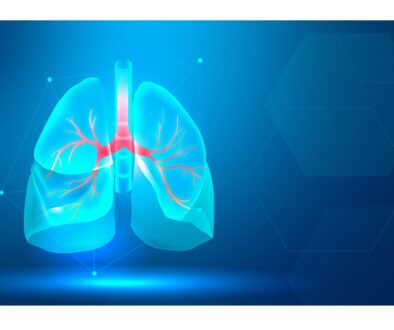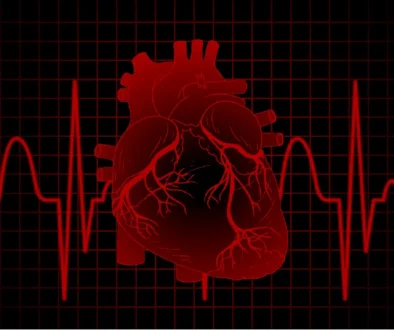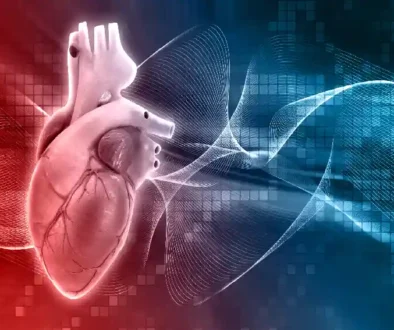Pulmonary Embolism – Symptoms, Causes & Risk Factors
Pulmonary embolism symptoms
Pulmonary arteries carry deoxygenated blood to the lungs. Any blockage in these arteries prevents blood flow to the lungs. Pulmonary embolism is the blockage in one of the arteries of the lungs. Blood clots that form in the deep veins (deep vein thrombosis) of the legs or from other parts of the body travel to the lungs. When a clot makes its way into the pulmonary artery, it blocks blood flow and causes pulmonary embolism.
Pulmonary embolism can become a serious and life-threatening condition. A blood clot can block blood flow to the lungs. You must see your cardiologist without wasting any time. Your negligence and procrastination can prove detrimental to your health and even increase the risk of death. Blood clots formed in your legs (Deep vein thrombosis) can increase the risk. You can reduce the risk by taking appropriate measures of preventing blood clots in your legs.
What are the signs and symptoms of Pulmonary Embolism?
Pulmonary embolism symptoms may vary greatly. Several factors such as – underlying lung or heart disease; the size of blood clots; the extent of lung involvement; and the position of the clot play a role in the complexity and severity of the condition.
The most common signs and symptoms include:
Cough: Persistent coughing that produces blood-streaked or bloody sputum
Shortness of breath: This is a very common symptom. It manifests suddenly and becomes worse with activity and work.
Chest pain: You feel like you are experiencing a heart attack. When you try to breathe in, you feel a sharp pain. If you take a deep breath, the pain often stops you from doing it. You can feel the pain while you stoop, bend or cough.
Other signs and Symptoms
- Fever
- Excessive sweating
- Dizziness or light-headedness
- Irregular or rapid heartbeat
- Swelling in the leg with pain in the calf region (due to deep vein thrombosis)
- Clammy or discolored skin (cyanosis)
What are the causes of Pulmonary Embolism?
When a blood clot gets stuck in the artery of the lung, it forms a clump and blocks the blood flow to the lungs. In most cases, blood clots are formed in the veins of the lower part of the calf region (deep vein thrombosis). They break and travel to the lungs and cause a pulmonary embolism.
In some cases, multiple clots block blood flow to different portions of the lungs served by different pulmonary arteries. When a portion of the lung is deprived of blood, it may die. This is known as pulmonary infarction. When this happens, the lungs fail to provide oxygenated blood to the rest of the body.
What are the risk factors for pulmonary embolism?
Pulmonary embolism can occur in anyone irrespective of any underlying cause of disease. However, there are certain conditions that can increase the risk of this condition. They include – personal history and family history of blood clots formation; previous history of cancer; heart disease and surgery. Pulmonary embolism can also result from the disorders that affect blood clotting (inherited disorders of the blood) and coronavirus disease 2019 (COVID-19).
The other risk factors may include:
Sitting in a cramped position for long: This can happen during long car trips, and lengthy plane travels. Slowing down blood flow in the legs can contribute to the formation of clots.
Bed rest: The risk of blood clots increases after undergoing treatment for a leg fracture, a heart attack, and surgery.
Bottom line
Pulmonary embolism can be a life-threatening condition. The undiagnosed and untreated condition can cause death. But accurate diagnosis and prompt treatment can reduce the risk of death. An obstruction in the artery of the lungs can increase the risk of pulmonary hypertension (a condition associated with high blood pressure in the lungs and the right side of the heart). Pulmonary embolism makes your heart work harder to push blood through the obstructed arteries in the lungs. It eventually increases blood pressure and weakens your heart. If you are unsure of the pulmonary embolism symptoms, meet Dr. Sarat Chandra for an accurate diagnosis and treatment.




